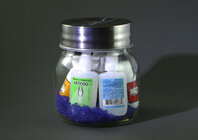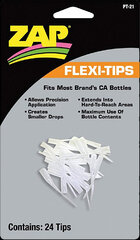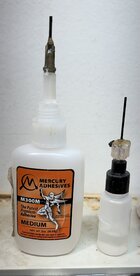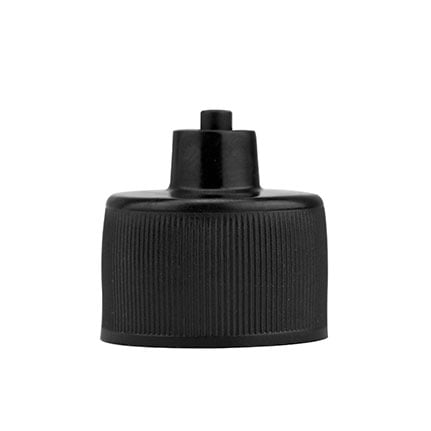I have been using small dispenser bottles with steel needle tip applicator for my CA. Works really well for dispensing. If it clogs, 2 sec to heat it with a lighter and it's cleared. No fooling with wiping, removing the cap, or soaking in acetone. Plus the needle I use is much smaller than any of the plastic tips so I get great control. I'm having two problems with this. First, I spill CA when I transfer to the smaller bottle. Second, the bottles I bought degrade after a couple months. Has anyone found a replacement cap that will take a standard dispensing needle and fit Mercury or Gluboost 2oz bottles?
these are what I am using, but I use longer 22 ga needles. I'm looking for the cap size for 2oz CA bottles. Amazon sells several different sizes. Any packaging engineers out there?
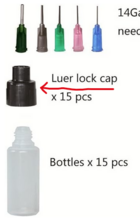
these are what I am using, but I use longer 22 ga needles. I'm looking for the cap size for 2oz CA bottles. Amazon sells several different sizes. Any packaging engineers out there?


